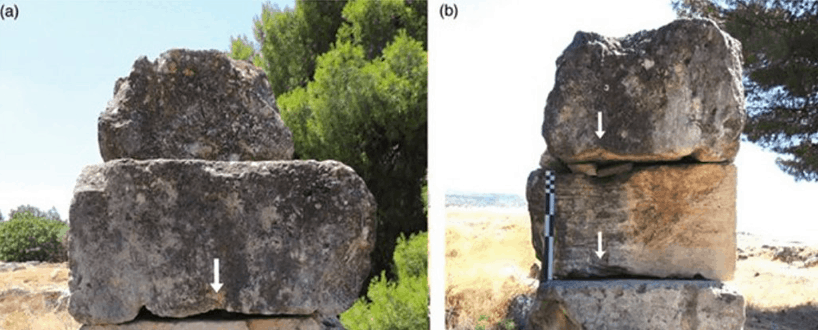
Greece’s historical buildings including the Parthenon and the Temple of Poseidon have fascinated people worldwide, as many can not comprehend how the Greeks were able to build these wonderful structures thousands of years ago.
Now a new study says Ancient Greeks developed the crane even earlier than historians had suspected.
Architectural historian Alessandro Pierattini, from the University of Notre Dame in Indiana has now presented a new analysis of stone from the earliest Greek temples and he claims that blocks were being lifted and dropped into position around 150 years before the crane.

"The foremost discovery of the Greeks in building technology is the crane," says Pierattini. "No previous civilisations are known to have used it, and it has remained central to building construction without remarkable changes for nearly 25 centuries – because it was perfect."
Pierattini has a special focus on the ruins at Isthmia and Corinth, a skinny land bridge that connects the tiny peninsula of Peloponnese in southern Greece with the rest of the country's mainland. The ashlar blocks that made up temples there, which are laid out layer by layer horizontally and each weigh 200-400 kilogram, have an odd feature that historians have debated for years: twin grooves running parallel along the bottom and turning up on one end.
Pierattini also found evidence of blocks moved from a quarry site without any grooves having been added, further backing up his theory that the grooves weren't needed until it was time to put the stones in place.
The researcher also noted other cuttings and grooves in several stone blocks that suggested the blocks were rolled into place after being lifted, using a clever combination of levers and rollers that laid the basis for more sophisticated techniques.
"Study of groove depth, maximum block weight, and rope strength shows that the original thesis that the grooves were used in lifting is technically plausible," concludes Pierattini.
The research has been published in the Annual of the British School at Athens.


